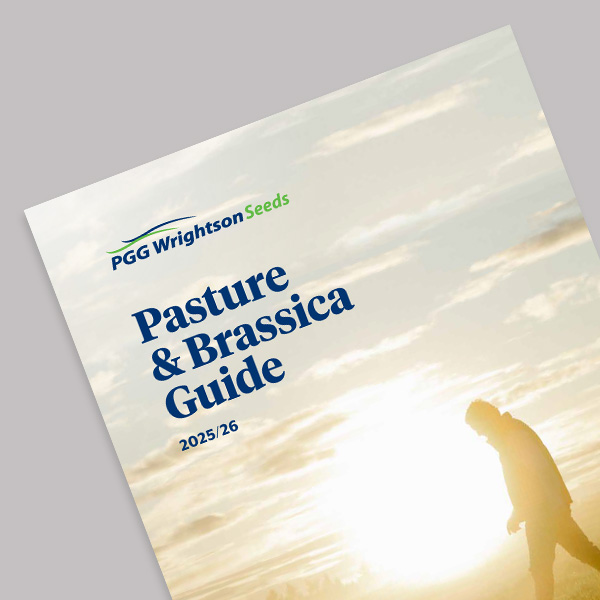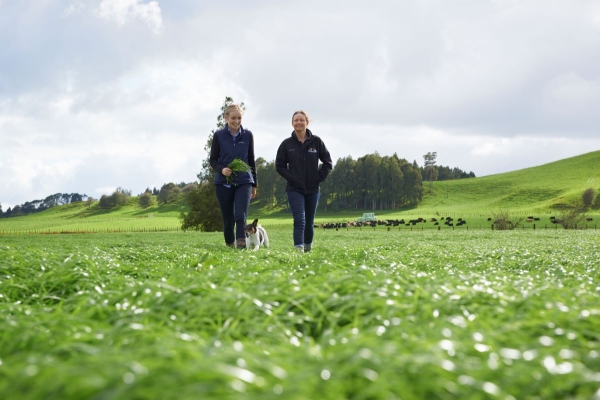Ryegrass selection guide
Five broad ryegrass classifications allow farmers to categorise ryegrasses as annual, Italian, short rotation, long rotation or perennial.
THE FOUR STEPS TO CHOOSE A RYEGRASS
1. How long do you want it to last?*
- Less than 1 year – Annual ryegrass
- 1.5 - 2 years – Italian ryegrass
- 2 - 5 years – Hybrid ryegrass
- 5 + years – Perennial ryegrass
* Under average or better management, soil fertility, moisture and with the optimum endophyte.
2. What endophyte do you need?
When selecting the appropriate endophyte for insect protection, it is important to identify the insect pest that poses the highest risk of pasture damage in your farm system. There are endophytes available that offer protection against the following insect pests:
- Argentine Stem
- Pasture Mealy Bug
- Black Beetle adult
- Root Aphid
- Porina
Learn more about endophyte insect protection and animal safety here.
3. How will your paddock be grazed?
It is important to identify whether rotational grazing or set stocking will be used, as this will help to determine the most suitable ryegrass. Specifically, diploid and tetraploid ryegrasses perform and grow better under different grazing methods.
- Rotational grazing or short periods of set stocking - Tetraploids
- Rotational grazing, short periods of set stocking and long periods of set stocking - Diploids
Learn more on the advantages and management consideration of diploids and tetraploids here.
4. Do you need strong ryegrass growth rates early in spring or is late spring feed quality more important?
Mid-season heading ryegrasses can provide more dry matter yield in early spring. Late season heading ryegrasses produce higher quality feed in late spring. Your farm's ryegrass portfolio should include a range of mid, late and very late heading ryegrasses to deliver a balance of early season growth plus late spring feed quality.
Learn more on selecting the right heading date here.
Ryegrass types
The classifications cross freely with each other and are best described as a continuum, from extreme annual to extreme perennial. Across a farm, paddocks of shorterlived annual and Italian ryegrasses can complement longer-lived long rotation and perennial ryegrasses, delivering a range of pasture longevity, winter activity and summer quality options
Ryegrass continuum
- Cultivars are placed on the continuum according to their estimated proportion of short-and long-lived genes. Agronomic performance of some cultivars is better than their position on the continuum might suggest, due to their genetic improvement in the plant breeding process
- Endophyte presence/absence can have a big effect on persistence of the ryegrasses
- Substantial differences in heading date are now available in the longer-lived ryegrasses
#Platform has been bred, selected and successfully tested as a perennial and will function as a perennial ryegrass. Due to a small number of tip awns, Platform is certified as Lolium boucheanum.
*Tetraploid.



